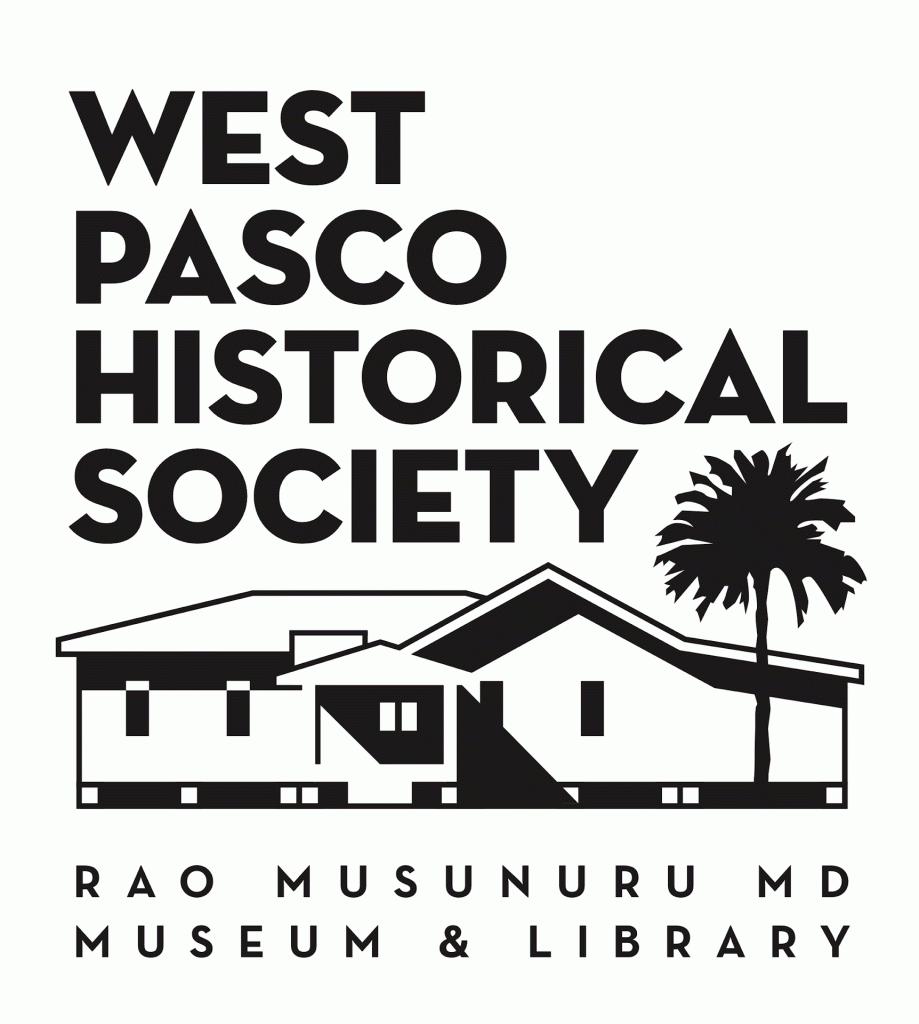HISTORY OF PASCO COUNTYLacoocheeSuperintendent’s RowBy NELL M. WOODCOCK There were about 100 houses in Cummer Cypress Company’s quarters by 1930 but plans for their Lacoochee mill in 1922 had called for 200 to 400 homes, according to a news release that year in the Dade City Banner. The November 17, 1922, article stated that temporary housing was in place for “75 hands now employed in the preliminary work.” Some of them were laying railroad spurs to the mill. Others were constructing tram roads and trestles deep into the Cumpressco Swamp. (Columnist Jim Fleming’s review of the newspaper account, used above, appeared decades later in his Dade City in Review column for the Banner.) After the mill became operational in 1927, superintendents and foremen lived in the company houses closest to the mill on what became known as Superintendents Row. This is what I remember: The Cummer Office (the pay office) stood in front of Superintendent Charles Berkstresser’s bungalow style home. The two-story hotel, managed by Seni Goodwin, was on the corner at the rear of his house. Mr. Berkstresser was superintendent of the crate mill. Brantley Thomas, Cummer’s accountant and office manager, lived next door to the office. A playground with tennis courts was located across the street from the office. Superintendent W. D. Martin’s two-story house was the lone structure on the far end of that block. Cummer’s original commissary and a filling station were in the next block near the railroad tracks. A doctor’s office was reserved on the north end of the commissary. Martin, superintendent of the sawmill, had the reputation of being a hard taskmaster and was “encouraged” to leave town, according to several sources. A story we will explore later. Superintendent Alvin Pope’s house, like Mr. Berkstresser’s, had a unique design that set them apart from the average house in the quarters. Mr. Pope’s job was to oversee part of Cummer’s early construction and operations. “Mr. Alton Craven and his construction crew built the hotel and probably the commissary, company office and many of the homes,” Mr. Pope’s daughter, Stella Herbert wrote in a letter to me dated November 17, 1998. Stella praised Mr. Craven’s construction work, but not his bulldozer. “This made his job easier but gave our town a rather desert-like appearance.” Her father and his crew later planted oak trees along all the streets, some of which are still standing today. Bate Fisher, superintendent of the lumber yard, was Mr. Pope’s neighbor. He was described as a “kind” man with a fondness for strong drink which resulted in the loss of his job. Charlie Ferrell, who supervised the veneer mill, lived at the end of that block. Mill foremen and their families lived across the street. On the street west of Mr. Berkstesser, houses were reserved for A. E. Wise, manger of the commissary; Claude Andrews, bookkeeper in the pay office; J.T. (Bill) McKinstry, survey/logging superintendent; Dr. W. H. (Willie) Walters; and a Mr. Phillips whose position with the company is unknown. A boardwalk connected the pay office with the crate mill and entrance to the mill complex. Towering over it all was the water tank emblazoned with the company name. Over the years, as deaths or promotions occurred, these positions shifted and so did the occupants in these houses. When Mr. Martin left town, Mr. Pope took over his job, but remained in his original residence. When Mr. Pope died, his house and job went to W. J. Mahaffey. When a fire destroyed the original commissary located by the railroad tracks, the playground in front of the pay office was demolished and a new company store was built on that site. The complex of mills included a sawmill, veneer mill, crate mill (with warehouse), planing mill, power plant and a lumber yard. The arrival of thousands of people looking for work inside this complex created a housing boon for surrounding property owners. Coming up. The privately owned homes on Franklin Street located east of Cummer’s quarters. The Methodist Church was a landmark on this street that runs from CR 595 to Coit Road. |
